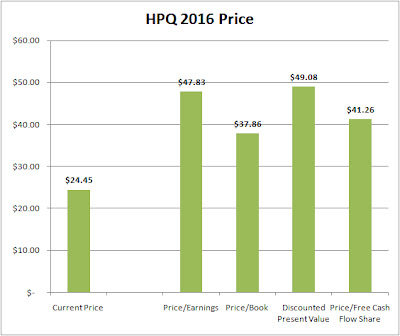Recent price: 66.06$
P/E Ratio: 26.08
3 Months Target Price: 48$
Company Description
According to Reuters, TreeHouse Foods, Inc. (TreeHouse) is a food manufacturer servicing primarily the retail grocery and foodservice distribution channels. The Company’s products include non-dairy powdered coffee creamers, private label soups, salad dressings and sauces, sugar free drink mixes, hot cereals, macaroni and cheese, skillet dinners, Mexican sauces, jams and pie fillings, pickles and related products, infant feeding products, aseptic sauces, refrigerated salad dressings, and liquid non-dairy creamer. TreeHouse operates in three segments: North American Retail Grocery, Food Away From Home, and Industrial and Export. On March 2, 2010, the Company acquired Sturm Foods, Inc. (Sturm), a manufacturer of hot cereals and powdered drink mixes. On October 28, 2010, it acquired S.T. Specialty Foods, Inc. (S.T. Foods), a manufacturer of macaroni and cheese and skillet dinners.
Confidence Margins
Strong resistance $66.03 (-7%)
Light resistance $62.55 (-1%)
Light support $50.02 (+19%)
Strong support $46.73 (+25%)
Recommendation
This company is incredibly overvalued compare to it's more successful peers. Such high levels of valuation, even considering improving fundamentals, cannot justify multiples that are so far away from the industry. TreeHouse Foods Inc will be subject to a correction in the coming quarter.
Entry strategy
For the cautious investor:
Sell short the stock for 65$ or more.
For the risk-taking trader:
The November 2011 50$ out-of-the-money put option contract seems to be the right position to take, they can be acquired for about 55$ per contract.
Exit Strategy
For the cautious investor:
Buy to cover when the stock reaches 48$, or keep it until 46$ if you are more bearish in your own analysis.
For the risk-taking trader:
The contracts should be kept until the underlying reaches 48$. This should provide a good return if the underlying reaches the target price as the contracts will get deep in the money.










